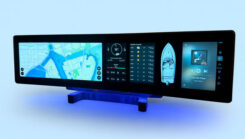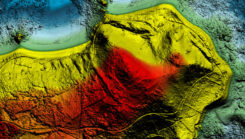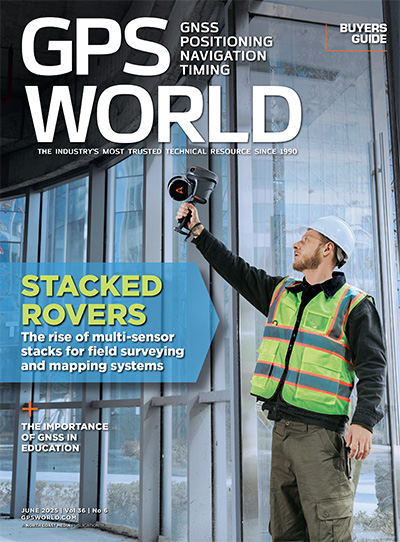Moving from 2D to 3D GIS Elevates Planning for Fayetteville

CyberCity 3D and Fayetteville, N.C., are moving the city from 2D to 3D GIS mapping, a transformation focused on interoperability, high scalability and wide reach. The result is a more engaging and detailed 3D streaming map that’s elevated the city’s planning and development capabilities.
The City of Fayetteville’s GIS Manager, Richard Tuinstra, spearheaded the plan to design a mapping system that used three-dimensional mapping and web-based architecture while getting a high rate of return on the investment. Tuinstra took an approach outside the traditional GIS “box,” seeking content that could run on scalable web architecture. He found CyberCity 3D, a geospatial city modeling company near Los Angeles.
“The City of Fayetteville has always understood the great benefits of using 3D GIS for its daily operations, from public safety, parks and recreation to urban design and planning, but has found it difficult to get a good start,” said Tuinstra. “Partnering with CyberCity has made our first steps in 3D GIS a quick and easy process. The result so far has been well received by our city manager’s office and the city staff members. Some of the great advantages of this mapping system are that it only requires a simple web browser and is very user friendly. We can’t wait to expand geographically and thematically on what we have achieved right now.”
According to the city’s information technology director, Dwayne Campbell, the plan had to include three requirements. “First, it had to avoid costly, time-consuming training and software licensing. Second, the solution needed to be delivered as a software service in an open environment capable of running on all mobile devices. Finally, the City needed a strategy that enabled it to continue to leverage our existing investment in Esri’s ArcGIS software.”
The city ultimately chose the combination of CyberCity 3D buildings for their accuracy and interoperability, while looking to CesiumJS.org for its open source 3D globe mapping. CyberCity 3D created more than 550 buildings for the project, from best-in-practices photogrammetry, to insure GIS integrity and flexibility. CyberCity 3D also provided imagery and street names via its streaming images services on the Cesium 3D Globe; as a government institution, the City of Fayetteville pays no streaming fees for the 3D Globe and image layers. In addition, the city requested a tree layer; the existing GIS zoning and district mapping data the city generated with Arc GIS software was also seamlessly included.
“The unique combination of CyberCity 3D’s buildings, the Cesium 3D Globe, and ArcGIS software create an unsurpassed mapping system for the City of Fayetteville,” said CyberCity 3D CEO Kevin DeVito. “This dynamic move to 3D will enable the city to best plan for its future while engaging its employees, stakeholders and the community at large in an immersive manner.”
As an early adopter, the City of Fayetteville has gone from using 2D PDF maps to owning cutting-edge 3D GIS content on a platform that reaches not only city employees and stakeholders, but every citizen. This dynamic solution vastly increases their understanding of the geospatial elements of the city. Its deployment also allows for the easy addition of other GIS layers such as business points of interest or FEMA poly-layers for environmental planning and sustainability, expanding the map’s usefulness, engagement and return on investment.




















Follow Us